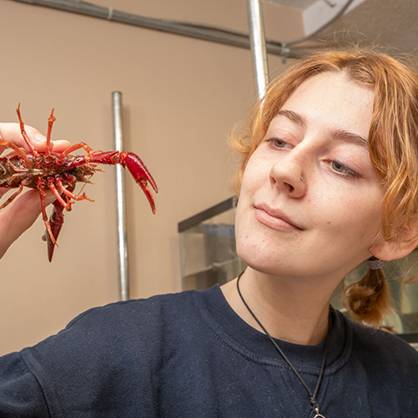
KARLLI ‘KARL’ GOODMAN ‘22
I plan to pursue work in the field of Forensic Anthropology, Pathology, or Genocide Investigations.

The Center for Wildlife Forensic Research (CWFR) was created in 2015 in response to the growing need for scientifically and forensically robust research in the area surrounding wildlife crimes.
Since its opening, the CWFR has grown steadily and has recently gained recognition for the research being done by its members, past and current.
The Center for Wildlife Forensic Research at the University of New Haven will conduct ethical and necessary research to improve wildlife forensic science through guided research projects by forensic scientists, academics, and students in collaboration with the agencies in need.

I plan to pursue work in the field of Forensic Anthropology, Pathology, or Genocide Investigations.
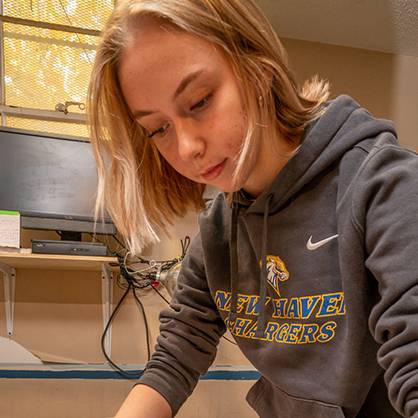
My research is working to detect Ultra Sonic Vocalizations in Long Evans rats.
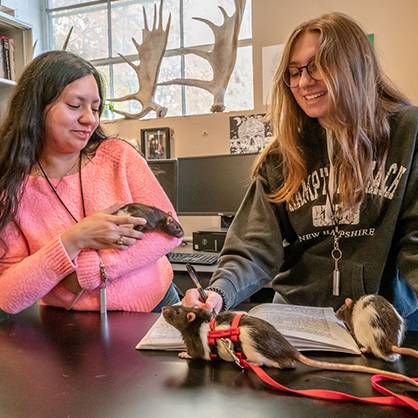
In my studies, I worked to train rats to identify volatile organic compounds associated with decomposition.
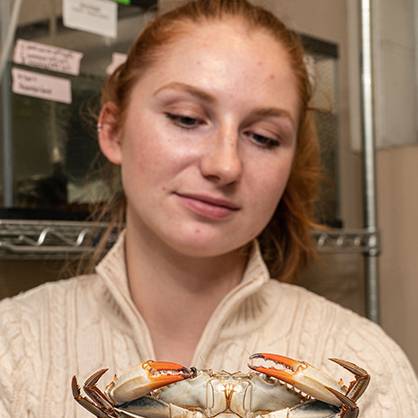
My research investigates the diet preferences of Blue crabs.
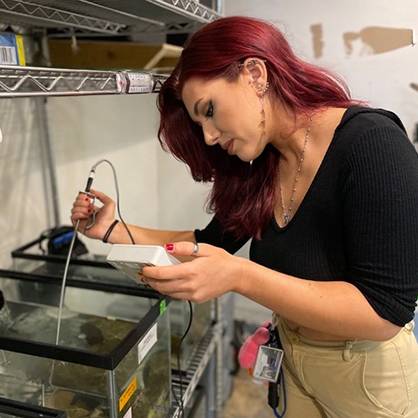
My passion is to conduct ecological field research around the world.
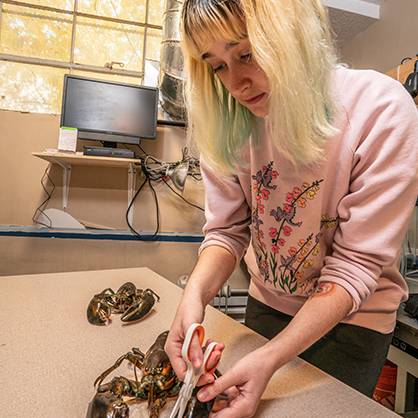
After graduation, I plan to work in the field of Pathology or Death Investigation.